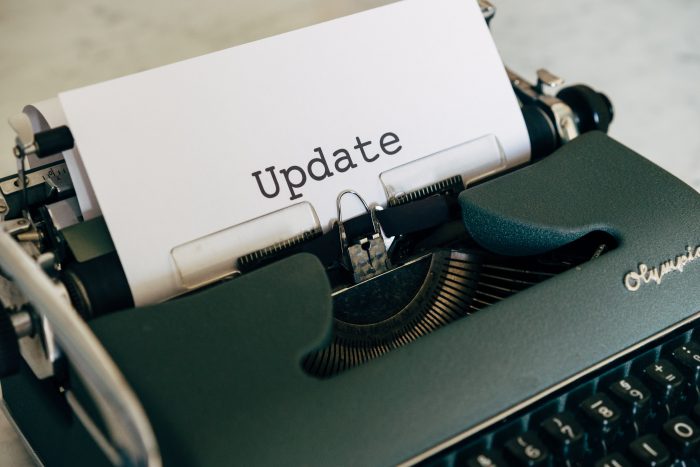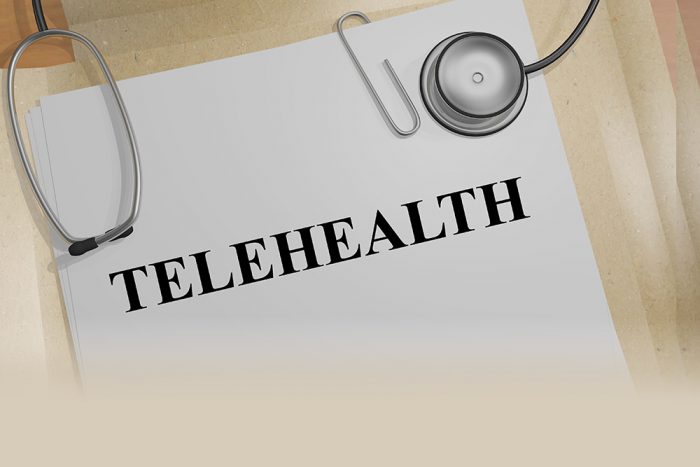samhsa
SAMHSA Revises OTP Take-Home Medication Flexibilities Guidance, DDAP Concurs
SAMHSA Confirms New CCBHC Criteria Requirements

National Council Sponsors CCBHC Funding Webinar
PA’s Wild, Fitzpatrick Press for Full Funding for Mental Health Services
SAMHSA Announces CCBHC Grant Funding Opportunity
SAMHSA ACT Program Grant Opportunity: Initiative to Target Transition Age Youth & Adults
The Office of Mental Health and Substance Abuse Services (OMHSAS) has announced a grant opportunity from the Substance Abuse and Mental Health Services Administration (SAMHSA) specific to Assertive Community Treatment (ACT) programs.
SAMHSA will award approximately 7 applicants up to $678,000 each. The purpose of this program is to establish or expand and maintain ACT programs for transition-aged youth and adults with a serious mental illness (SMI) or serious emotional disturbance (SED). Recipients are expected to implement an ACT program to fidelity and provide ACT services to the population of focus. With this program, SAMHSA aims to improve behavioral health outcomes for individuals by reducing rates of hospitalization, mortality, substance use, homelessness, and involvement with the criminal justice system.
Please visit here for additional information. Applications are due by April 10, 2023.
Contact Information:
Program Issues:
Dawnielle Tillman, Public Health Advisor
Center for Mental Health Services
Substance Abuse and Mental Health Services Administration
(240) 276-1572
Grants Management and Budget Issues:
Office of Financial Resources, Division of Grants Management
Substance Abuse and Mental Health Services Administration
(240) 276-1400
If you have further questions, please contact RCPA Policy Director Jim Sharp.
SAMHSA Announces the 6th Annual Older Adult Mental Health Awareness Day Symposium
Mark your calendars to join SAMHSA on May 11 for the 6th Annual Older Adult Mental Health Awareness Day Symposium!
This free, all-day, virtual event will feature an engaging plenary, informative sessions, and a diverse array of topics addressing the most pressing behavioral health needs in older adults.
Who should attend?
Public health practitioners, professionals in the aging network, mental health providers, substance use treatment providers, health care professionals, and anyone interested in ensuring the mental health of older adults. In partnership with the E4 Center of Excellence for Behavioral Health Disparities in Aging, NCOA will be offering continuing education for several disciplines.
The symposium is brought to you by the National Council on Aging, the Administration for Community Living, the Health Resources and Services Administration, and the Substance Abuse and Mental Health Services Administration.
Watch for updates by mid-March from RCPA for registration info.
SAMHSA to Host Webinar on How To Develop a Competitive Grant Application
The Office of Financial Resources at the Substance Abuse and Mental Health Services Administration (SAMHSA) will be conducting a webinar on how to develop a competitive grant application. The same webinar will be offered on two dates: February 23, 2023, and March 7, 2023, both at 2:00 pm (ET).
Webinar: How to Develop a Competitive Grant Application
The webinar will address:
- The three registration processes that need to be completed;
- Preparing to apply for a grant;
- Key components of the Notice of Funding Opportunity (NOFO);
- Responding effectively to the evaluation criteria; and
- Resources and technical assistance that are available.
Information on how to access the webinar can be found on the Training Events web page. There is no need to register in advance. If you would like to receive the slides prior to the webinar, you can make a request electronically.
SAMHSA Funding Opportunity for Youth Mental Health Systems of Care
The Substance Abuse and Mental Health Services Administration (SAMHSA) will award approximately 26 applicants up to $3,000,000 to provide resources to improve the mental health outcomes for children and youth, birth through age 21, who are at risk of or have serious emotional disturbances (SED) and their families. This grant supports the implementation, expansion, and integration of the System of Care (SOC) approach by creating sustainable infrastructure and services required as part of the Comprehensive Community Mental Health Services for Children and their Families Program.
You can find additional information here. The grant closes on March 21, 2025.
If you have further questions, please contact RCPA Policy Director Jim Sharp.
















